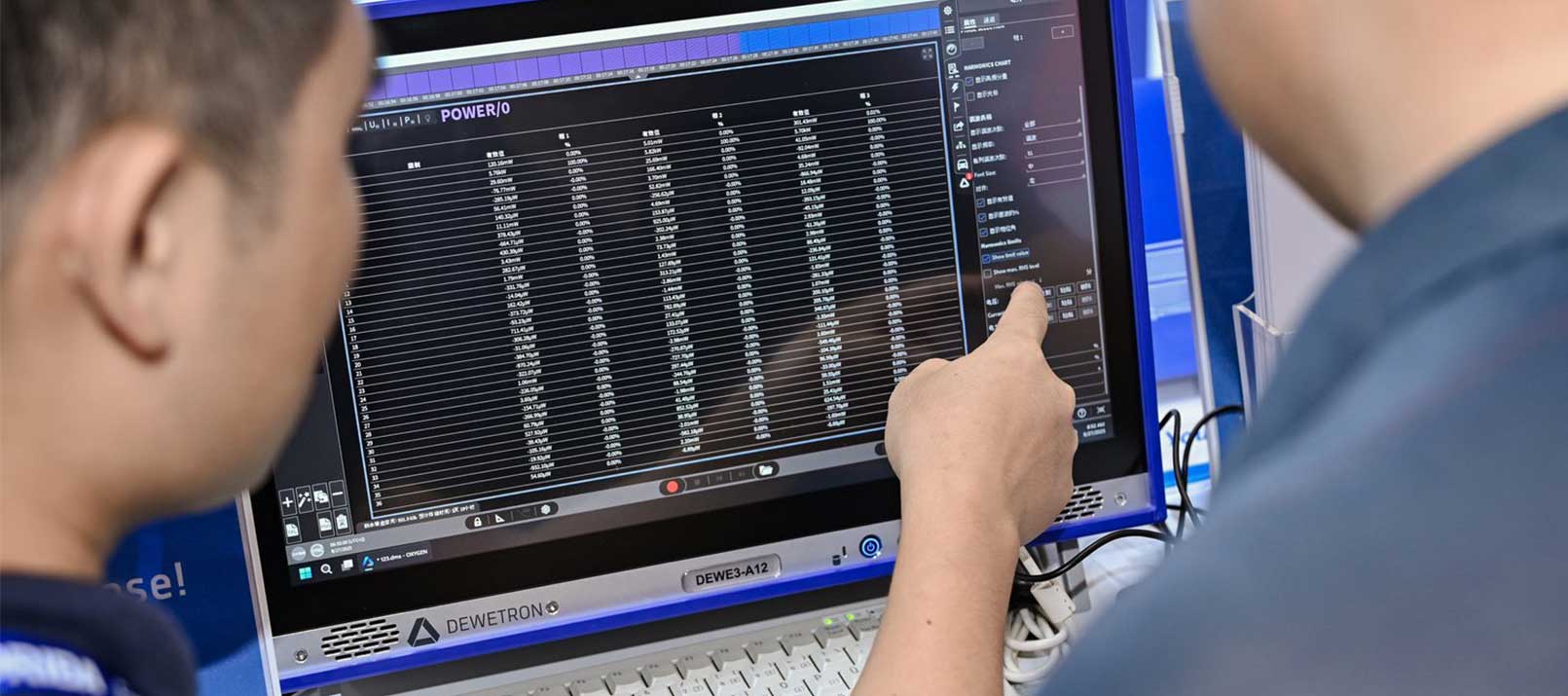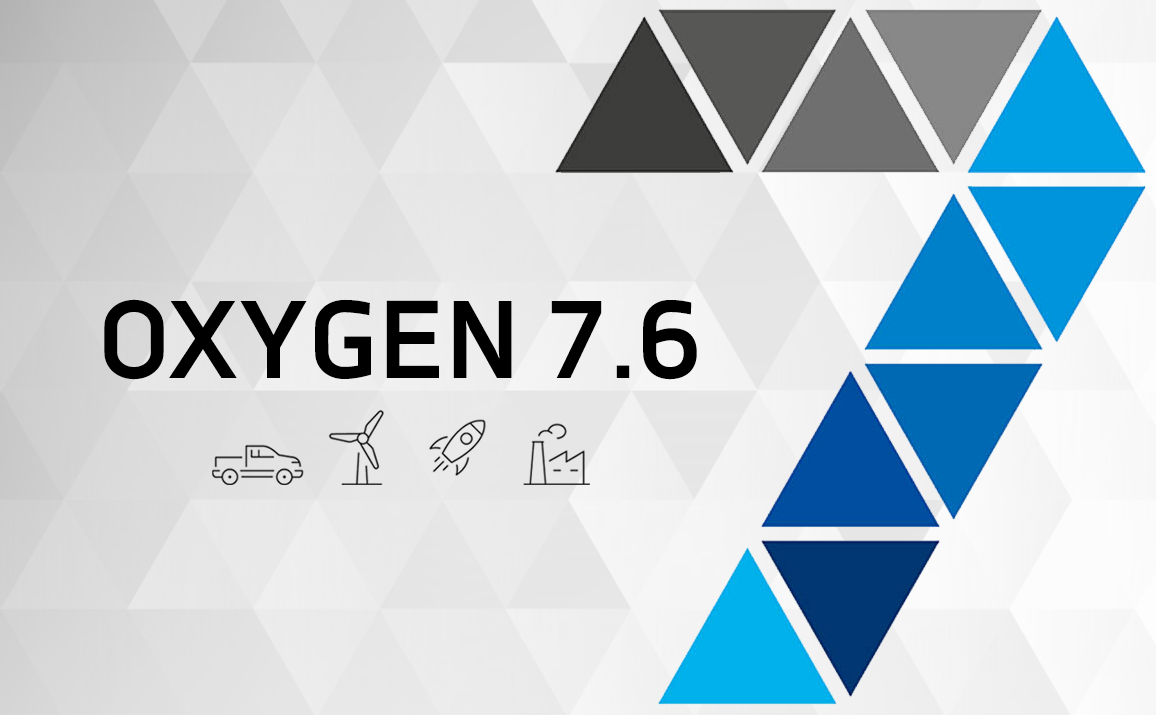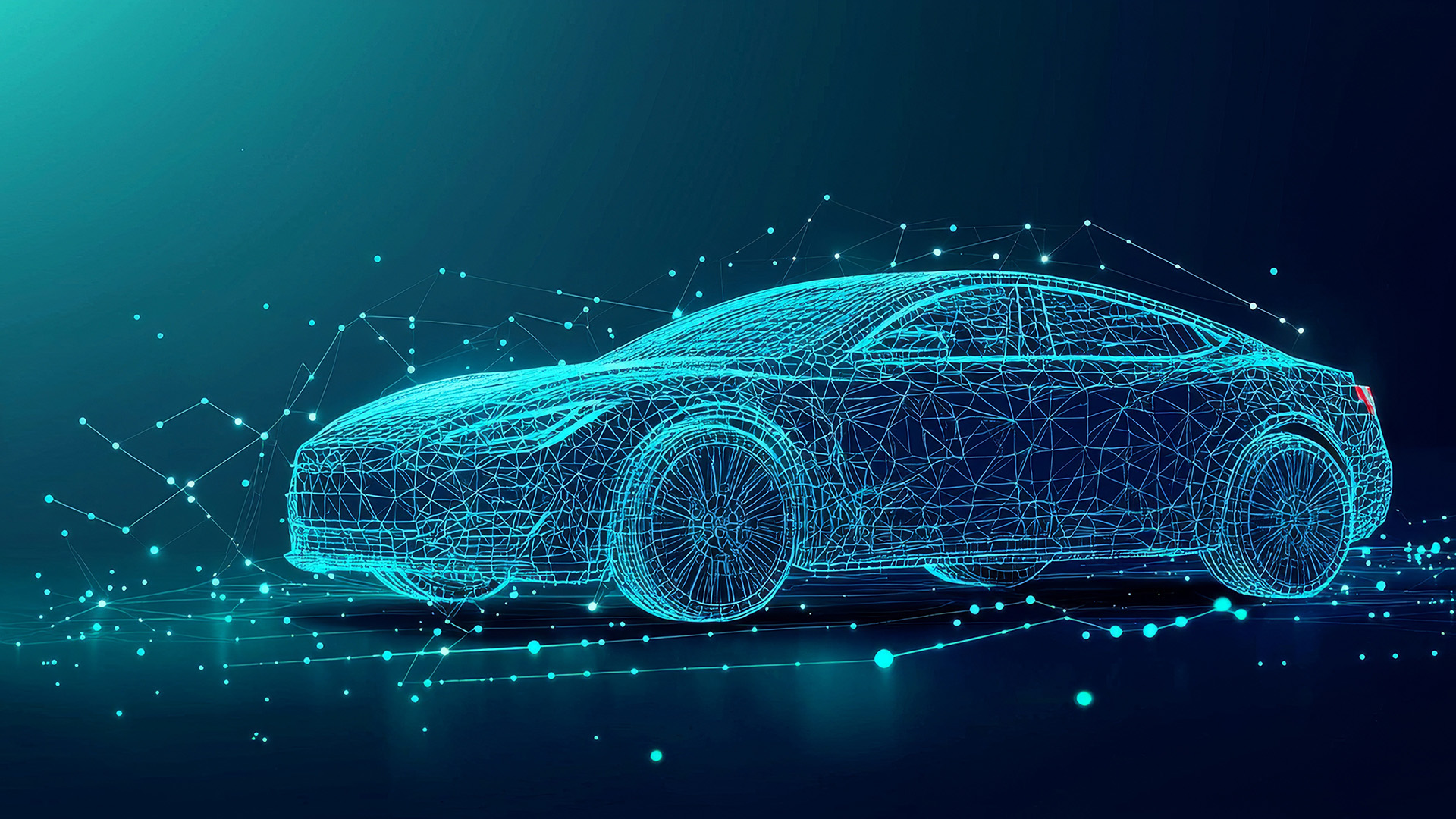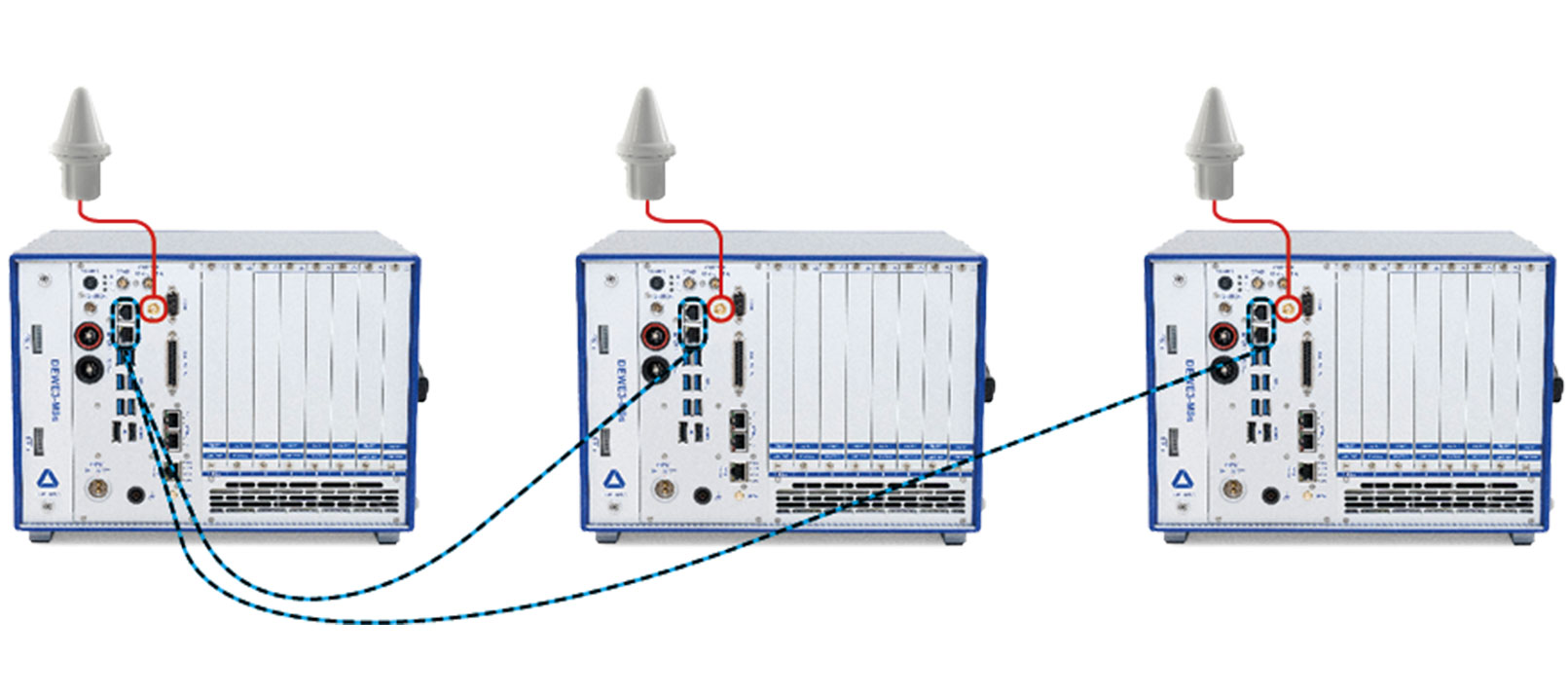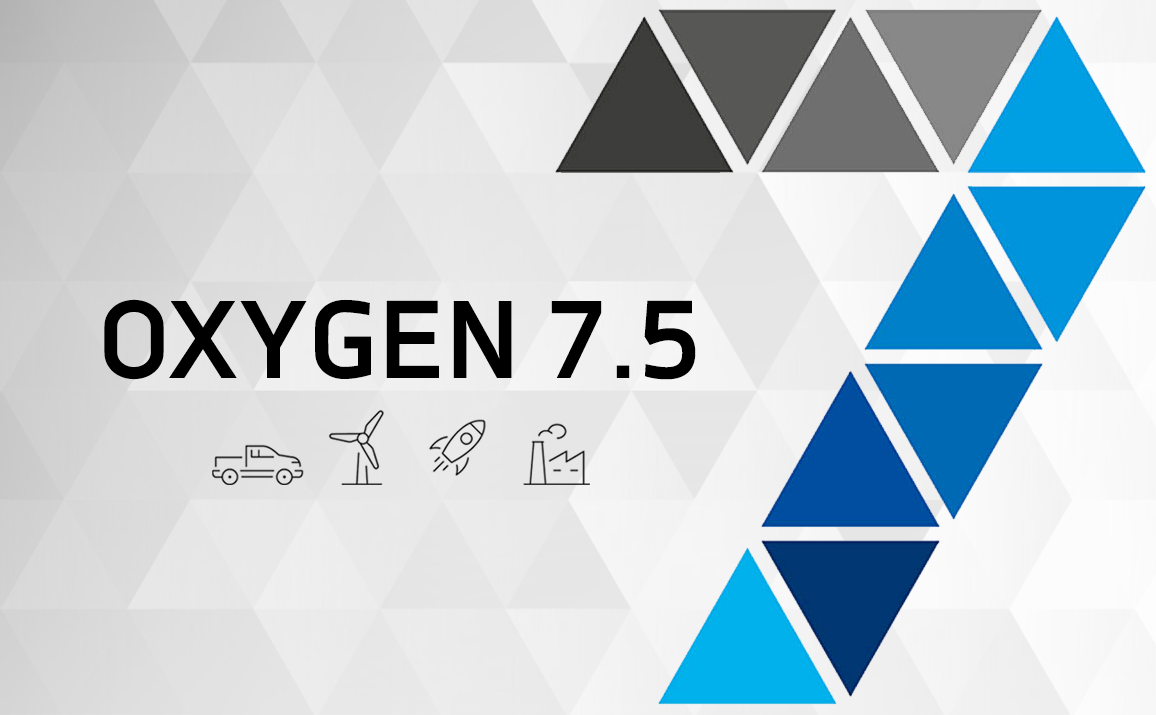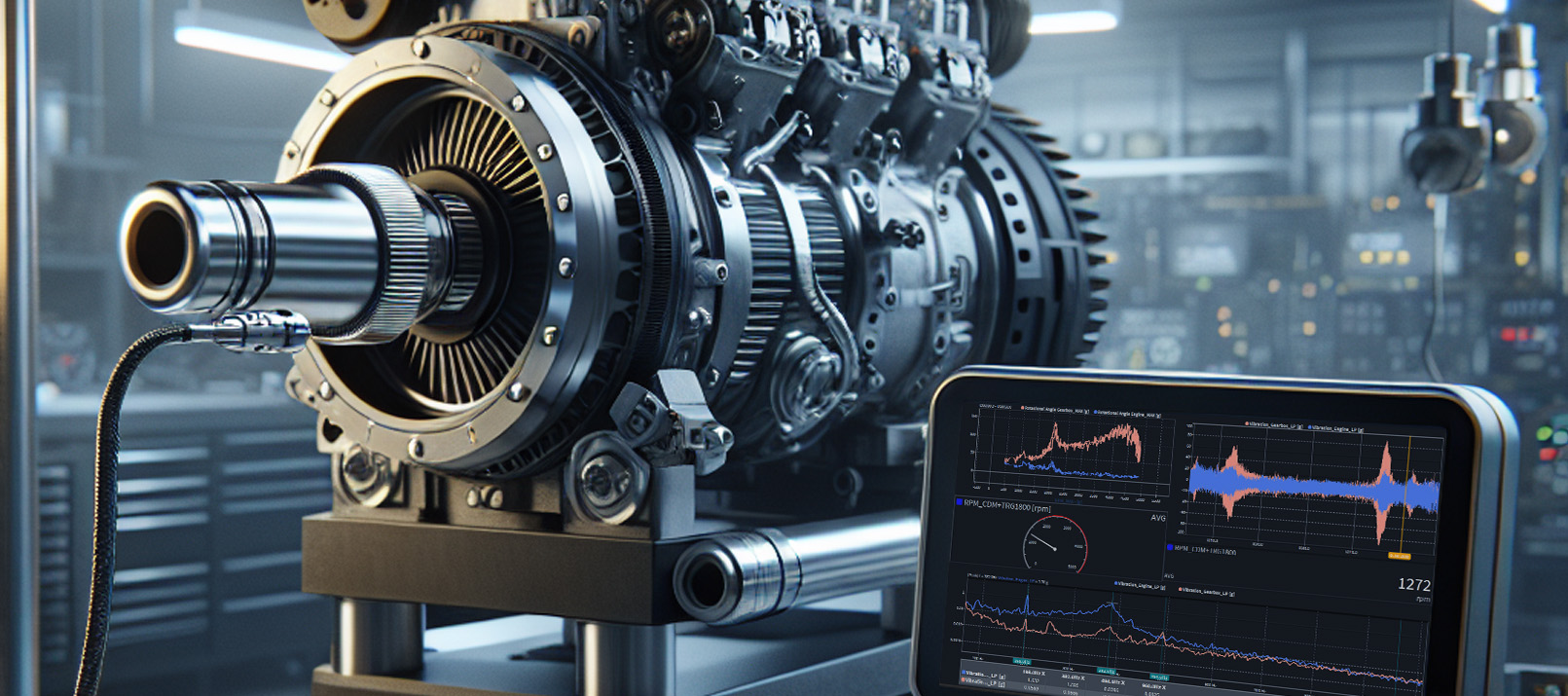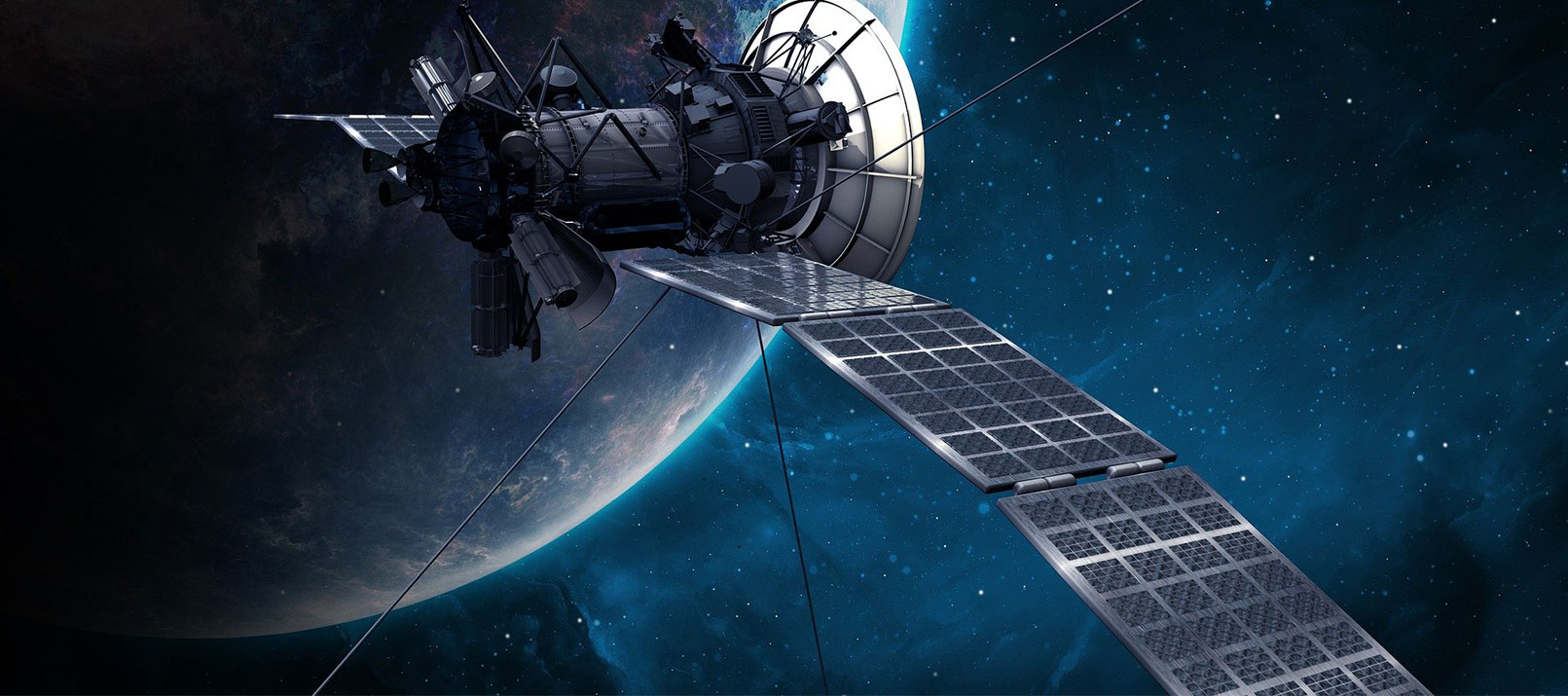Current collector test on trains
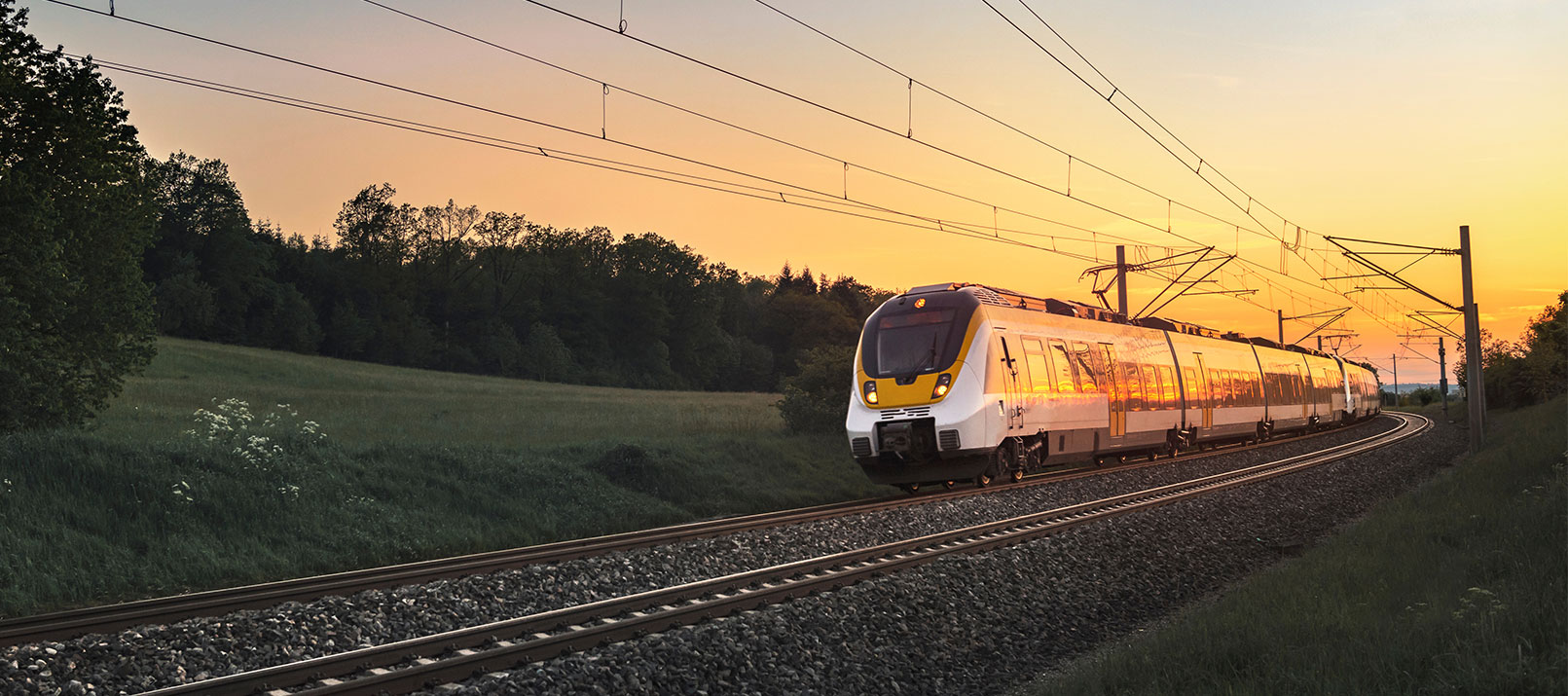
Have you ever wondered how public transportation works? Most trains are electrically operated by DC voltage which can be carried either by a catenary system or by a third-rail. While the catenary system consists out of many wires which are above the train, a third-rail system uses an additional rail (also called conductor rail) which is either outside or between the two running rails. These two systems are means to transmit the needed electricity to the train via a current collector.
Current Collector Test
To guarantee the highest reliability, it is crucial that these current collectors undergo exhaustive testing. The procedure to do so is called current collector test. One of our colleagues at DEWETRON is an expert in this field. To share his knowledge with you, he prepared a whitepaper that elaborates on current collector tests and their performance.
In the whitepaper, you will get an overview of the current collector test and the therefore needed equipment. Furthermore, our expert presents the most useful tools and how to apply them. Additionally, you will find an exhaustive elaboration on the results of the current collector test. This includes usually not shared material as well!
